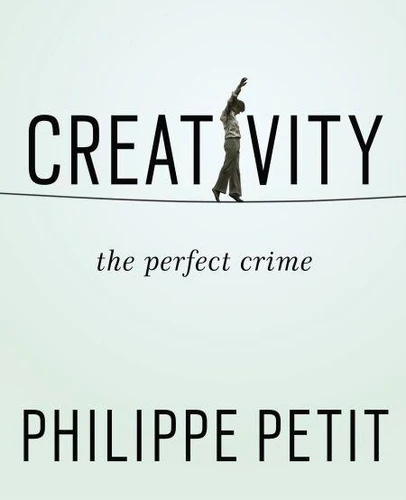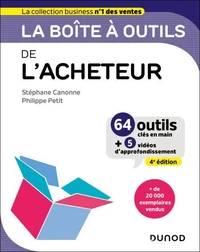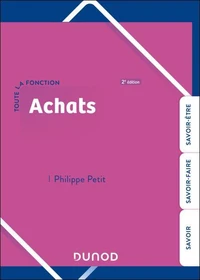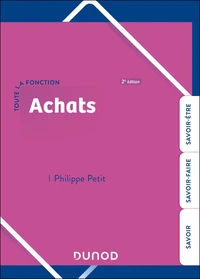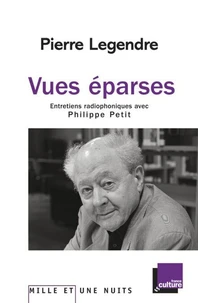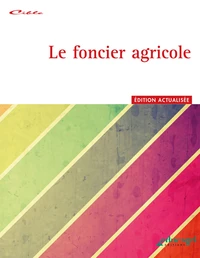Creativity. The Perfect Crime
Par :Formats :
Disponible dans votre compte client Decitre ou Furet du Nord dès validation de votre commande. Le format ePub protégé est :
- Compatible avec une lecture sur My Vivlio (smartphone, tablette, ordinateur)
- Compatible avec une lecture sur liseuses Vivlio
- Pour les liseuses autres que Vivlio, vous devez utiliser le logiciel Adobe Digital Edition. Non compatible avec la lecture sur les liseuses Kindle, Remarkable et Sony
- Non compatible avec un achat hors France métropolitaine
 , qui est-ce ?
, qui est-ce ?Notre partenaire de plateforme de lecture numérique où vous retrouverez l'ensemble de vos ebooks gratuitement
Pour en savoir plus sur nos ebooks, consultez notre aide en ligne ici
- Nombre de pages224
- FormatePub
- ISBN978-1-101-62007-6
- EAN9781101620076
- Date de parution15/05/2014
- Protection num.Adobe DRM
- Taille9 Mo
- Infos supplémentairesepub
- ÉditeurRiverhead Books
Résumé
In the vein of The Creative Habit and The Artist's Way, a new manifesto on the creative process from a master of the impossible. Since well before his epic 1974 walk between the Twin Towers of the World Trade Center, Philippe Petit had become an artist who answered first and foremost to the demands of his craft-not only on the high wire, but also as a magician, street juggler, visual artist, builder, and writer.
A born rebel like many creative people, he was from an early age a voracious learner who taught himself, cultivating the attitudes, resources, and techniques to tackle even seemingly impossible feats. His outlaw sensibility spawned a unique approach to the creative process-an approach he shares, with characteristic enthusiasm, irreverence, and originality in Creativity: The Perfect Crime. Making the reader his accomplice, Petit reveals new and unconventional ways of going about the artistic endeavor, from generating and shaping ideas to practicing and problem-solving to pulling off the "coup" itself-executing a finished work.
The strategies and insights he shares will resonate with performers of every stripe (actors, musicians, dancers) and practitioners of the non-performing arts (painters, writers, sculptors), and also with ordinary mortals in search of fresh ways of tackling the challenges and possibilities of everyday existence.
A born rebel like many creative people, he was from an early age a voracious learner who taught himself, cultivating the attitudes, resources, and techniques to tackle even seemingly impossible feats. His outlaw sensibility spawned a unique approach to the creative process-an approach he shares, with characteristic enthusiasm, irreverence, and originality in Creativity: The Perfect Crime. Making the reader his accomplice, Petit reveals new and unconventional ways of going about the artistic endeavor, from generating and shaping ideas to practicing and problem-solving to pulling off the "coup" itself-executing a finished work.
The strategies and insights he shares will resonate with performers of every stripe (actors, musicians, dancers) and practitioners of the non-performing arts (painters, writers, sculptors), and also with ordinary mortals in search of fresh ways of tackling the challenges and possibilities of everyday existence.
In the vein of The Creative Habit and The Artist's Way, a new manifesto on the creative process from a master of the impossible. Since well before his epic 1974 walk between the Twin Towers of the World Trade Center, Philippe Petit had become an artist who answered first and foremost to the demands of his craft-not only on the high wire, but also as a magician, street juggler, visual artist, builder, and writer.
A born rebel like many creative people, he was from an early age a voracious learner who taught himself, cultivating the attitudes, resources, and techniques to tackle even seemingly impossible feats. His outlaw sensibility spawned a unique approach to the creative process-an approach he shares, with characteristic enthusiasm, irreverence, and originality in Creativity: The Perfect Crime. Making the reader his accomplice, Petit reveals new and unconventional ways of going about the artistic endeavor, from generating and shaping ideas to practicing and problem-solving to pulling off the "coup" itself-executing a finished work.
The strategies and insights he shares will resonate with performers of every stripe (actors, musicians, dancers) and practitioners of the non-performing arts (painters, writers, sculptors), and also with ordinary mortals in search of fresh ways of tackling the challenges and possibilities of everyday existence.
A born rebel like many creative people, he was from an early age a voracious learner who taught himself, cultivating the attitudes, resources, and techniques to tackle even seemingly impossible feats. His outlaw sensibility spawned a unique approach to the creative process-an approach he shares, with characteristic enthusiasm, irreverence, and originality in Creativity: The Perfect Crime. Making the reader his accomplice, Petit reveals new and unconventional ways of going about the artistic endeavor, from generating and shaping ideas to practicing and problem-solving to pulling off the "coup" itself-executing a finished work.
The strategies and insights he shares will resonate with performers of every stripe (actors, musicians, dancers) and practitioners of the non-performing arts (painters, writers, sculptors), and also with ordinary mortals in search of fresh ways of tackling the challenges and possibilities of everyday existence.

